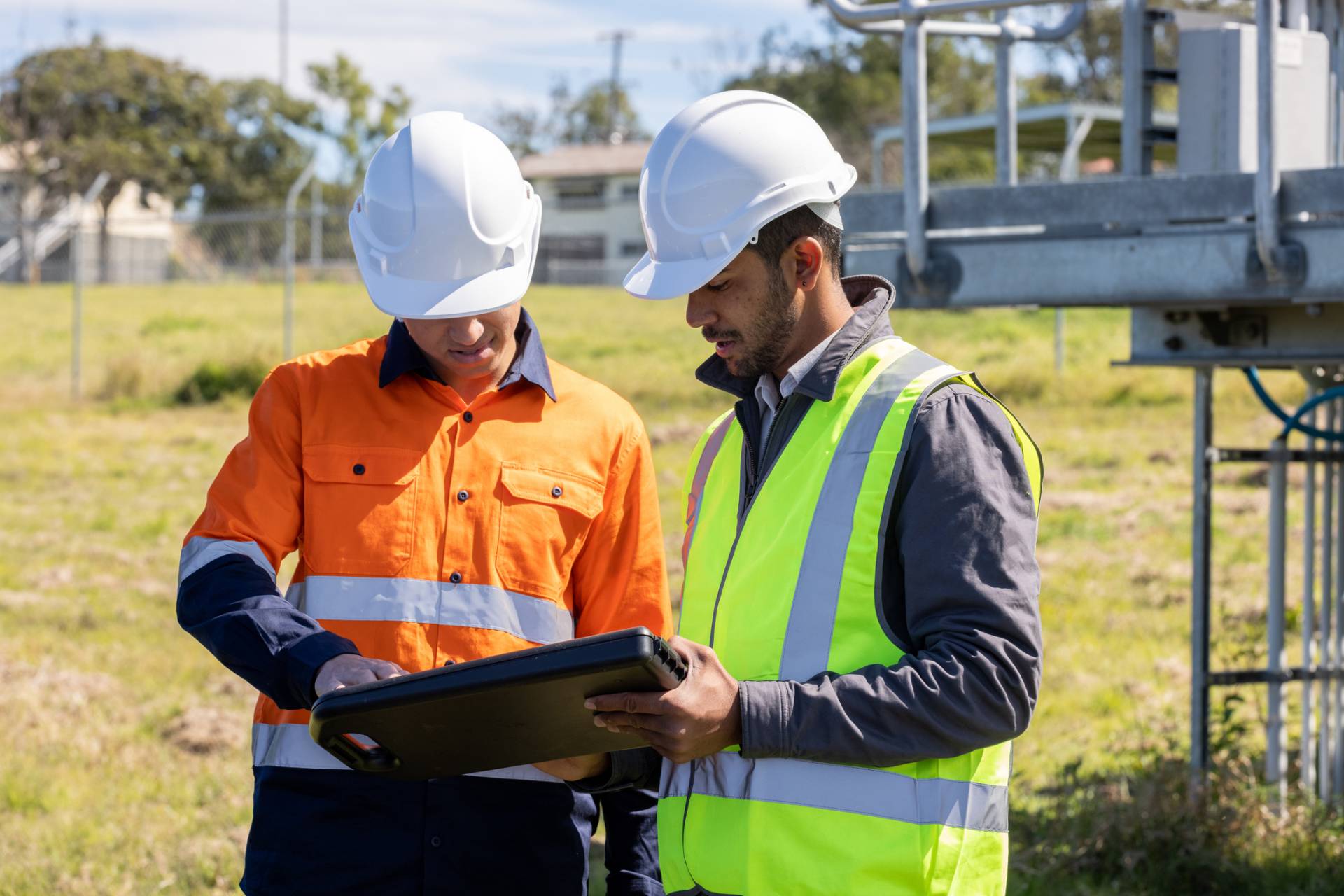The Government has announced changes to New Zealand’s health and safety laws. These reforms are aimed mainly at small businesses in low-risk industries, with the goal of reducing paperwork and compliance costs, while still keeping workplaces safe.
These changes have received a mixed response. Some support the simpler approach, while others worry it might not improve workplace safety. It’s important that businesses take time to understand the changes, rather than reacting too quickly.
What Are the Key Changes?
Here are the main points of the proposed reforms:
- Focus on critical risks: The law will be updated to concentrate on risks that could lead to death or serious injury or illness. This means less time spent on minor issues that do not significantly impact safety.
- Simpler requirements for small, low-risk businesses: The proposed changes will reduce the burden on these businesses who will no longer need to follow all health and safety rules under the current law. Instead, they will focus on managing critical risks and providing basic facilities like first aid and drinking water.
- Less reporting: Only critical incidents—such as deaths or critical injuries and illnesses—will need to be reported. This reduces unnecessary paperwork.
- Clearer guidance: The Government will update the Approved Codes of Practice (ACOPs), so businesses can better understand what they need to do to comply with the law.
- No more regulatory overlap: Some safety requirements are currently covered by more than one law. The reforms aim to remove this duplication to make compliance simpler.
- Clarification of outdoor liability: Landowners will no longer be held responsible if someone is injured while using their land for recreational purposes, unless the landowner caused the risk.
- Defined roles: The law will clearly separate the roles of company directors and managers. This means directors can focus on overall leadership, while managers handle day-to-day safety tasks.
What Does This Mean for Your Business?
If you operate a small business in a low-risk sector, you’ll still have a duty to protect your workers. However, you’ll only need to manage the most critical risks, and provide basic health and safety measures like PPE, training, and emergency plans.
If your business operates in a high-risk area—such as construction, forestry, or manufacturing—your responsibilities will stay the same. You’ll still need to follow all current safety rules.
Larger businesses may find the clarification of responsibilities helpful, especially when it comes to balancing governance and operations.
Industry Feedback
Some business groups support the focus on serious risks and reducing paperwork. However, safety experts warn that without clear definitions—for example, what counts as a “critical risk”—some businesses may still be unsure about what is required.
What Happens Next?
Legislation enabling these changes is expected to be introduced later this year and passed in 2026. In the meantime, businesses should:
- Keep their safety policies up to date,
- Make sure roles and responsibilities are clear,
- Stay informed as more details are released.
VHNZ will continue to provide updates and support as the reforms progress.
